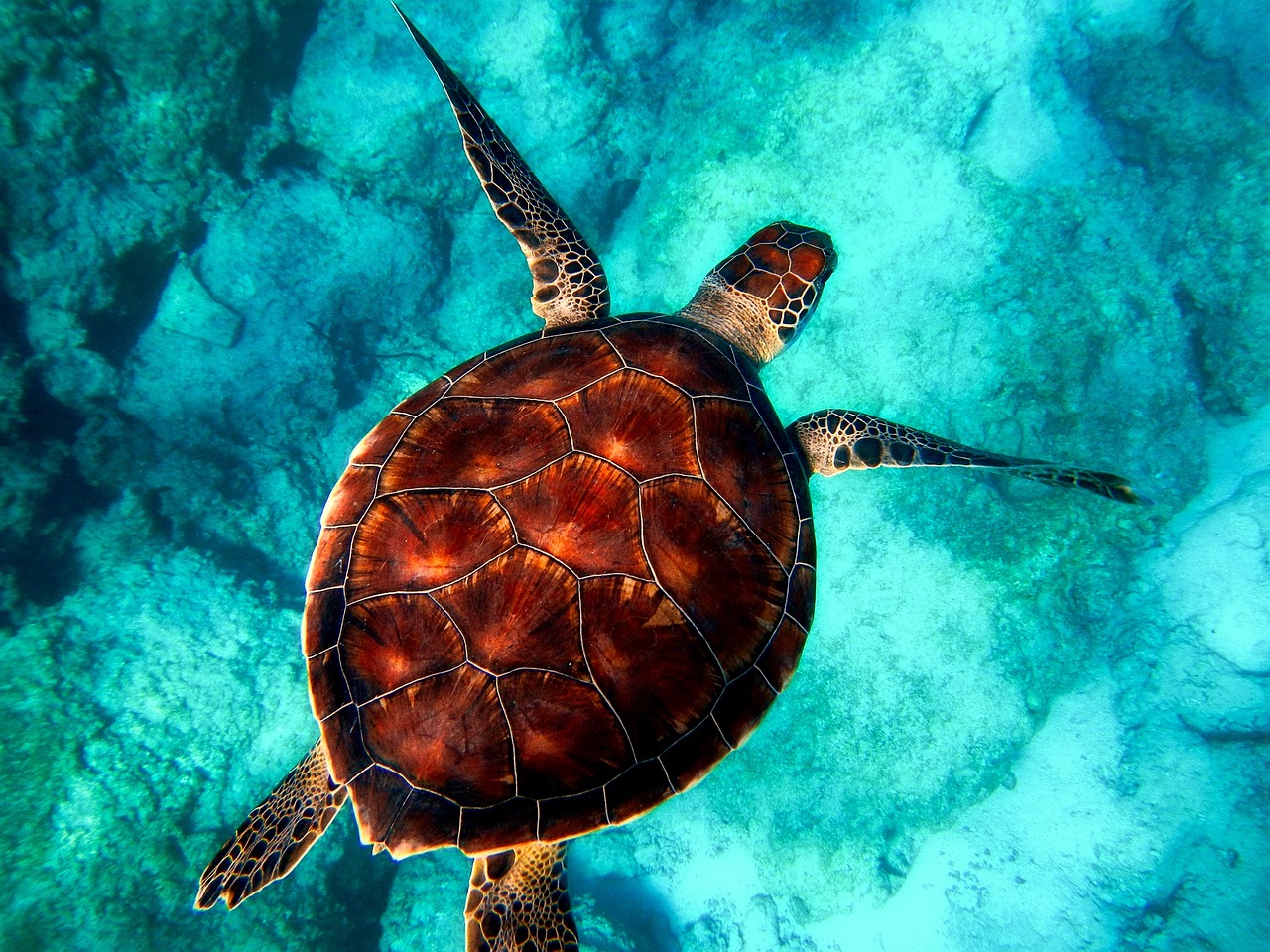Horseshoe Crabs: Living Fossils on the Brink
The ancient lineage of horseshoe crabs has captivated scientists and beachgoers alike for centuries. These remarkable marine arthropods, often called "living fossils," have remained largely unchanged for over 450 million years. Despite their resilience through multiple mass extinctions, horseshoe crabs now face unprecedented challenges in the modern world. This article delves into the fascinating world of these prehistoric survivors, exploring their unique biology, ecological importance, and the urgent conservation efforts needed to ensure their survival.

Unique Anatomy and Adaptations
The horseshoe crab’s anatomy is a marvel of natural engineering. Their hard exoskeleton provides excellent protection against predators, while their ten eyes, including two compound eyes and additional light sensors, give them exceptional vision in their aquatic habitat. Perhaps most intriguing is their blue blood, which contains copper-based hemocyanin instead of iron-based hemoglobin. This unique blood composition has made horseshoe crabs invaluable to the medical industry, as it is used to test for bacterial contamination in vaccines and medical equipment.
Ecological Significance
Horseshoe crabs play a crucial role in coastal ecosystems. Their eggs, laid in vast numbers on beaches during spawning season, provide a vital food source for migratory birds, particularly the endangered red knot. These birds time their migration to coincide with horseshoe crab spawning, relying on the nutrient-rich eggs to fuel their long-distance flights. Additionally, horseshoe crabs are important bioturbators, helping to aerate and mix sediments on the ocean floor as they forage for food.
The Biomedical Connection
The horseshoe crab’s blue blood has become a cornerstone of modern medicine. The blood contains a substance called Limulus Amebocyte Lysate (LAL), which coagulates in the presence of endotoxins produced by certain bacteria. This property makes LAL an invaluable tool for detecting bacterial contamination in medical products. The biomedical industry harvests horseshoe crab blood for this purpose, with an estimated 500,000 crabs bled annually. While efforts are made to return the crabs to the ocean after bleeding, the process can be stressful and potentially harmful to the animals.
Conservation Challenges
Despite their long evolutionary history, horseshoe crabs face numerous threats in the modern world. Overharvesting for bait in the fishing industry, habitat loss due to coastal development, and the impacts of climate change have led to significant population declines in some regions. The demand for horseshoe crab blood in the biomedical industry adds further pressure to these ancient creatures. Conservation efforts are underway to protect spawning habitats, implement sustainable harvesting practices, and develop synthetic alternatives to LAL.
The Race for Synthetic Alternatives
Recognizing the ethical and sustainability concerns surrounding horseshoe crab blood harvesting, researchers are working to develop synthetic alternatives to LAL. One promising development is recombinant Factor C (rFC), a lab-created version of the key component in horseshoe crab blood that detects endotoxins. While rFC has shown comparable efficacy to LAL in many applications, regulatory hurdles and industry inertia have slowed its widespread adoption. The estimated market for LAL and its potential synthetic replacements is valued at around $1 billion annually, highlighting the economic stakes involved in this transition.
Citizen Science and Public Engagement
Conservation efforts for horseshoe crabs have increasingly relied on public participation and citizen science initiatives. Annual spawning surveys, where volunteers count and tag horseshoe crabs on beaches, provide valuable data on population trends and distribution. These programs not only contribute to scientific understanding but also foster public awareness and appreciation for these ancient creatures. Educational outreach efforts aim to highlight the ecological and medical importance of horseshoe crabs, encouraging beachgoers to respect and protect spawning areas.
Future Outlook and Global Perspective
While the American horseshoe crab (Limulus polyphemus) is the most well-known species, there are three other extant species found in Asia. These Asian species face similar conservation challenges, compounded by habitat destruction and pollution in rapidly developing coastal areas. International cooperation and knowledge sharing are crucial for developing effective conservation strategies across the horseshoe crab’s global range. As we look to the future, the fate of these living fossils hangs in the balance, dependent on our ability to balance human needs with the preservation of this ancient lineage.





